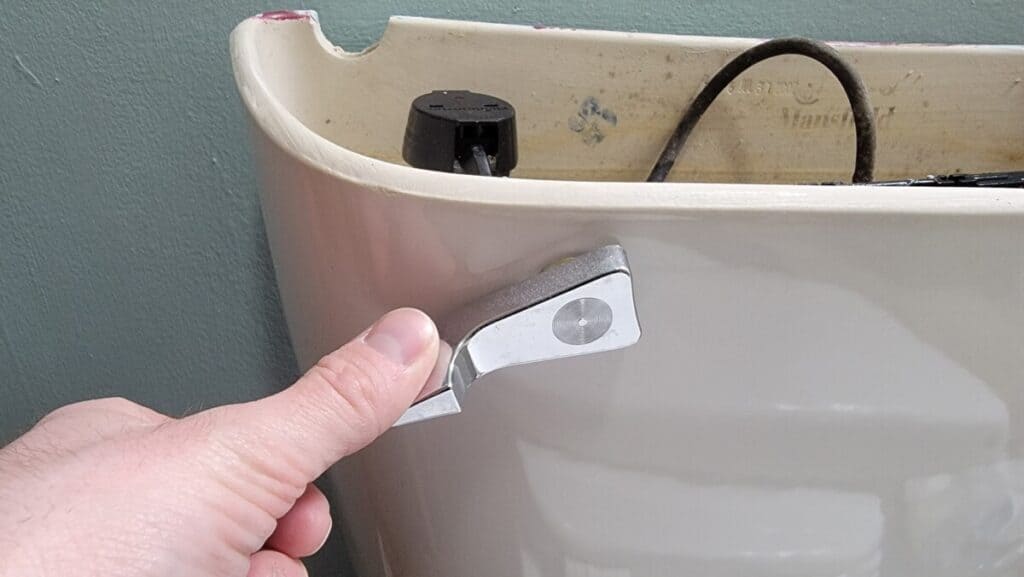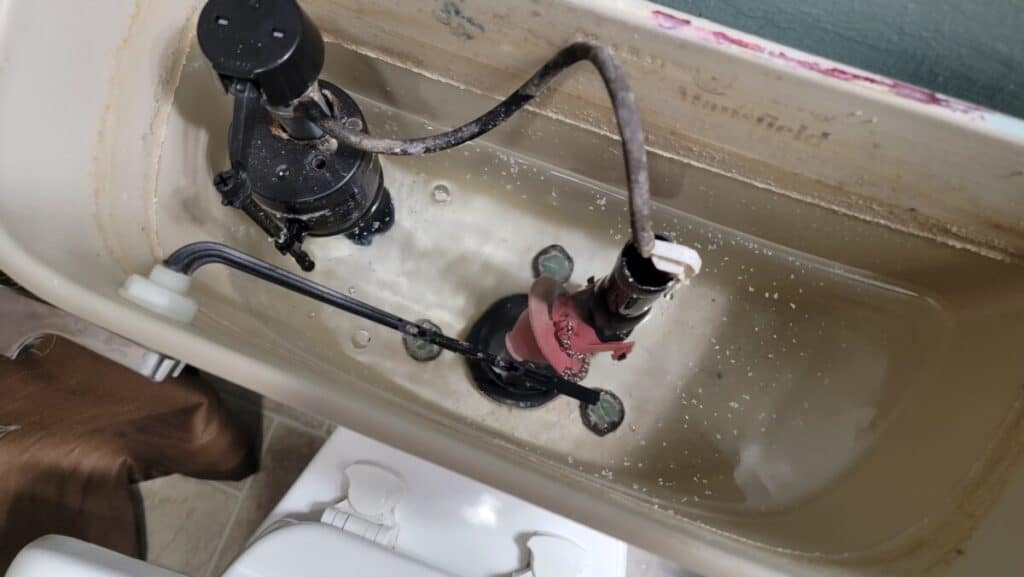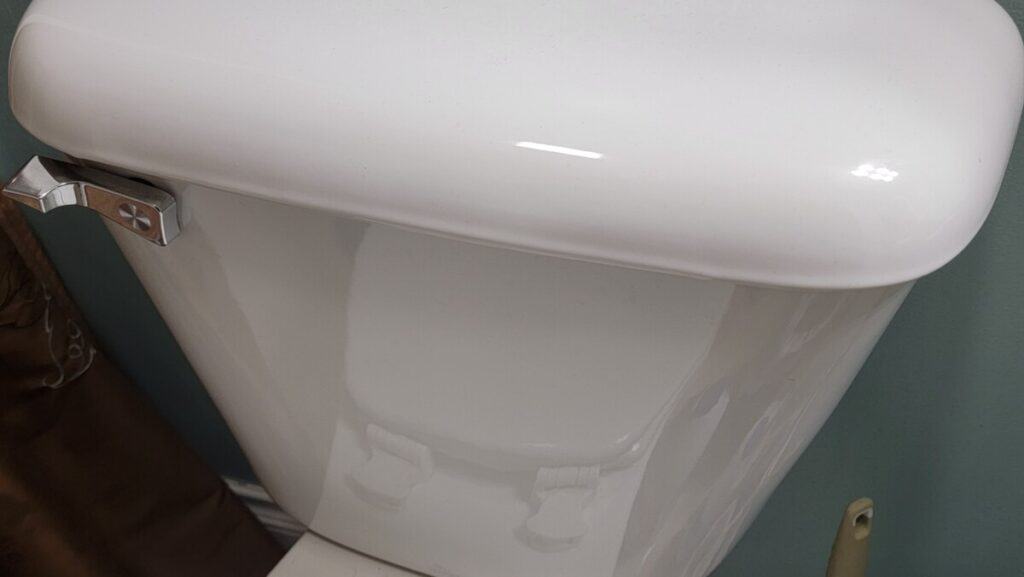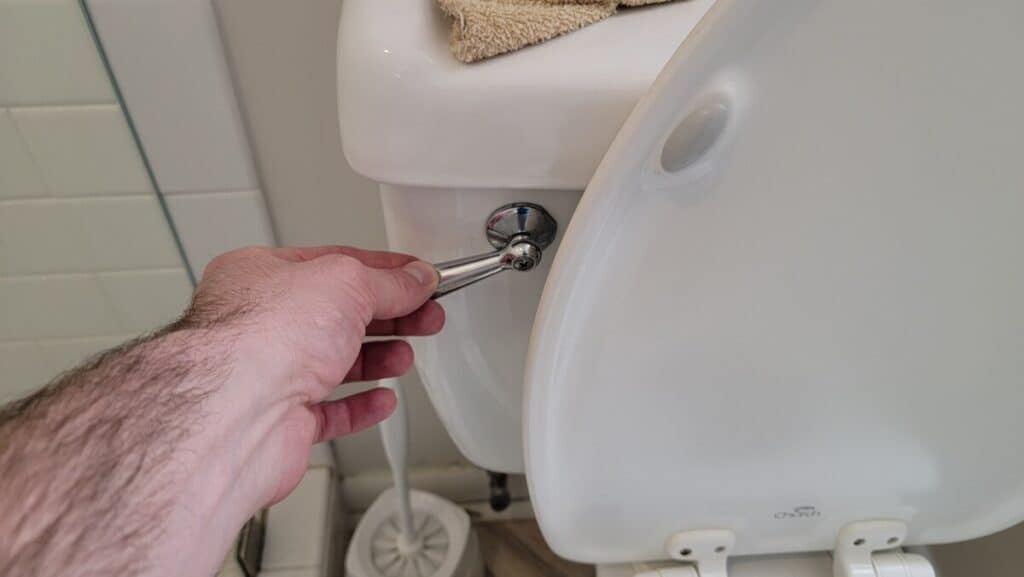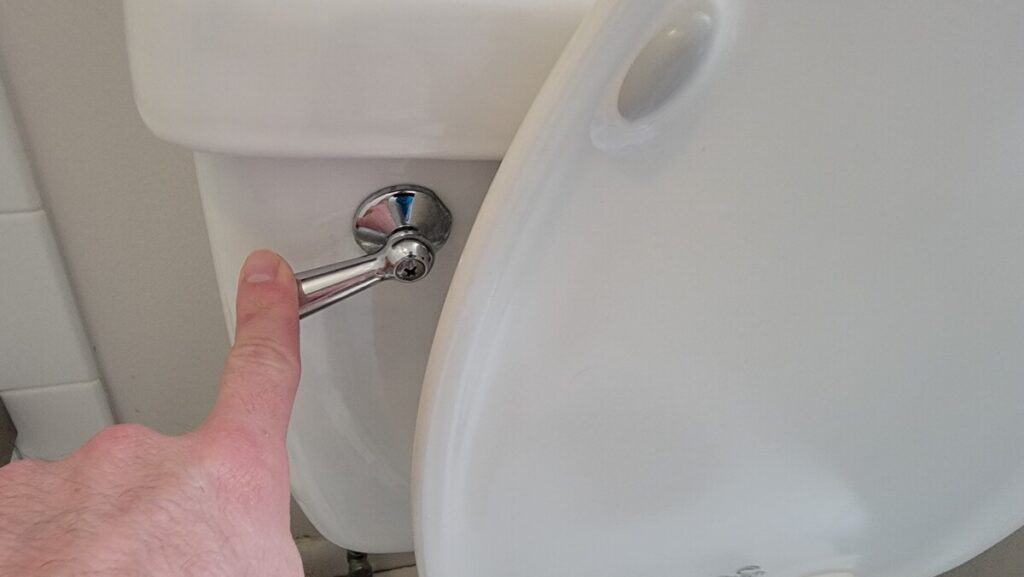Oops! I accidentally Flushed a Washcloth! Here’s the DIY Fix
Ever had one of those “Oh no, what did I just do?” moments? You know, like when you’re cleaning up the bathroom, lost in thought, and suddenly—oops!—you accidentally flush a washcloth down the toilet.
Yeah, we’ve all been there. But what happens next?
Is it a minor inconvenience or a plumbing disaster waiting to happen? Well, you’re in the right place to find out. In this article, we’ll dive into the nitty-gritty of what can go wrong when a washcloth takes an unplanned trip down your toilet. We’ll also give you some handy tips on what to do before you make that potentially costly call to a plumber. So, let’s get to it!
Key Points in Article:
- Avoid the Plunger: Contrary to instinct, using a plunger can make the situation worse by pushing the washcloth further into the plumbing system.
- Try the Toilet Auger: A 6-foot toilet auger is your best friend in this situation. It’s designed to snag soft objects like washcloths and pull them out.
- Know Your System: The impact of a flushed washcloth varies depending on whether you have a gravity-fed or pump-based system. Understanding your system can help you take appropriate action.
- Septic vs City Sewer: If you’re connected to a city sewer, the problem might eventually become the city’s issue. However, with a septic system, a washcloth can cause significant blockages.
- When to Call a Plumber: If DIY methods fail, or if you notice other plumbing issues like sewage backup, it’s time to call a professional.

What to Try Before Contacting a Plumber
If you’ve inadvertently done the unthinkable and dispatched a washcloth on an unintended journey down your toilet pipe, panic may be your first reaction. But before you speed dial your favorite plumber, there are a few things you might try to rectify the situation.
The initial instinct often gravitates toward employing a plunger in this type of scenario, but resist that temptation! Pushing down with the indiscriminate force of a plunger could very likely exacerbate the problem and create issues even further down the line that will require more labor, time, and money to fix.
Instead of dislodging the now unfortunate washcloth, it could push it further into hidden recesses of your plumbing system. This misguided action could escalate what was once a minor issue into an all-out catastrophe that only professional intervention can resolve.
The first thing you should do is to try to retrieve the washcloth by hand. I know, it’s not fun or appealing to stick your hand in the toilet, so follow these steps to remove a flushed washrag by hand:
- Grab a clean garbage bag and turn it inside out.
- Use the bag as a giant mitten over your hand to see if you can feel the rag just beyond the hole where you see your waste disappear.
- If you’re lucky, you’ll feel the rag, and pinch it with your fingers through the bag.
- Pull it out, and invert the bag again so the rag is now inside and your hands never get wet. See picture above.
- Dispose of the rag and bag properly.
If the rag made it past where you can reach with your fingers, that it almost always gets caught at the toilet’s flange or just before it.
In this situation, we are going to use the humble yet mighty toilet auger (closet auger). This handy device offers more tactful negotiation skills when dealing with uncooperative bathroom textiles. It sports a sharp, corkscrew head and is generally 6′ in length, which is enough to drill into anything soft that is plugging up the inside of the toilet itself.
To retrieve a flushed washcloth with a toilet auger, follow these steps:
- Start by retracting the auger so that the corkscrew head is at the end of the curved sheath
- Place the curved sheath down into the toilet’s hole.
- Now, turn the handle clockwise as you push the corkscrew head into the toilet.
- When you hit resistance, go ahead and keep twisting clockwise for a bit to drill into it and retract the handle as you continue to spin. See image below.
It may take a few attempts, but you should end up with a washrag on the end of your auger and your toilet issue will be fixed.
If you happen to scratch the porcelain on your toilet with the metal snake, do not worry! Check out this article on how to remove metal scratches on a toilet in under 5 minutes!

When to Call a Professional Plumber
There are moments when our own efforts come to a stymie, and it’s time to call in the cavalry. That is to say – if, after careful and assiduous pursuit of your washcloth with an auger you see no sign of success, it might be time to call a professional plumber. Also, if you’re feeling unsure about using such tools and delving into the realm of plumbing yourself, there’s absolutely no shame in leaving such work in the hands of those who have dedicated their lives (and toolboxes) to navigating the intricacies of our complex waste removal systems.
The reality is that mishaps like an errant washcloth can cause blockages downstream that are beyond your reach. A seasoned plumber has access not only to longer or more flexible tools but also technology like inspection cameras that can pinpoint problems deep within your pipes.
Our homes’ plumbing networks are surprisingly delicate ecosystems which can be thrown out of whack by one small item lodged in an inconvenient location. A reputable plumber will have the wisdom and finesse to handle this predicament without causing further damage.
It’s also prudent to remember that while we’re focusing on toilets here, these rogue items can affect other areas as well. They could block a sewer line causing sewage backups into showers or sinks – which is an issue far more odious than just a non-flushing toilet!
Professional plumbers understand these interconnected networked systems and will be able to diagnose whether your washcloth has set off a chain reaction within your pipes. When it comes down to brass tacks: if you’ve tried unsuccessfully and repeatedly to retrieve the washcloth yourself; if you’ve noticed ongoing issues with flushing efficiency; or if other fixtures like sinks or showers start misbehaving – these are all signs from the universe that it may be time for professional intervention.
Remember, attempting prolonged DIY solutions could risk worsening the problem – turning what would have been an easy fix for a plumber into a more complex and costly repair. In such instances, it is always better to err on the side of caution and make the call.

What Can Happen if You Accidentally Flush a Wash Rag?
We’ve all had that moment of sheer panic. You’re tidying up the bathroom, perhaps preoccupied with thoughts of the day ahead or reflecting on the one just passed, when it happens.
The washcloth in your hand slips from your grasp, falling directly into the open mouth of the toilet just as you depress the flush lever. In an instant, it’s gone – sucked away by a vortex of water and disappearing beyond sight into unknown depths.
But what can happen if you accidentally flush a wash rag? Well, depending on your type of plumbing system and how exactly it’s configured – whether gravity-fed or powered by pumps – different scenarios could unfold.
In both systems, the most likely outcome will be that the washcloth gets clogged in the toilet’s trap, or will get stuck at the flange of the toilet (the hole in the floor if you were to remove the toilet).
If you’re unlucky enough to have the wash rag work its way past the flange and enter into your plumbing, then there are any number of outcomes that could cause problems for you.
Gravity-fed systems rely solely on the natural force of gravity to move water and waste from one point to another. In such setups, a washcloth can get hung up anywhere in the plumbing but it will generally get stuck around any of the bends in the pipes or where the pipes were joined together. These locations sometimes have small burrs where the cotton fibers can attach.
If your system employs pump-based mechanisms and macerating blades to aid in waste removal, things might get way more complicated. These pumps are generally intended for liquid waste and smaller solids, and they will certainly struggle or even potentially break when faced with something as large and absorbent as a wash rag.
The situation can become further complex when comparing septic systems versus those connected to city sewers. If you’re hooked up directly to municipal sewer lines – then a washcloth that works its way through your system (assuming you don’t have a pump and it’s gravity fed) will become the city’s problem as it will end up caught by any of the various screens that they have in place along the way to the treatment center.
On the other hand, for homes with septic tanks installed, a washrag can certainly cause headaches and create blockages in your septic tank and drain field.
If it hasn’t become clear yet, the best course of action after having flushed a washcloth is to stop flushing the toilet, not grabbing the plunger, but instead retrieving the washcloth by hand or with a 6′ closet auger.
Final Thoughts
Though we all intend to use our plumbing systems properly, it’s an unfortunate fact of life that accidents do occur. And while flushing a wash rag down the toilet may initially seem like an innocuous error, its implications can be far-reaching, potentially causing significant and costly damage.
From impeding the flow in gravity-fed systems to clogging pumps or causing havoc in septic tanks or city sewer lines – there’s no denying that this household mishap can yield some rather unpleasant repercussions. Nonetheless, being forearmed with knowledge is half the battle won.
If you find yourself dealing with an accidentally flushed washcloth, remember not to rush for the plunger straightaway – you wouldn’t want to force the rag further down into your plumbing system. Instead, opt for a toilet auger as your initial line of defense and try pulling the cloth back out.
If these DIY attempts are not making headway in solving the problem at hand, don’t hesitate to call upon a professional plumber.
It’s crucial not to let embarrassment cloud your judgement here — plumbers have seen it all before and are best equipped with skills and tools to handle such predicaments without fuss. While flushing a washcloth down your toilet isn’t ideal – remember it’s not catastrophic either!
With some basic know-how, patience and professional help when needed, this too shall pass – just like everything else does through our plumbing systems! Here’s hoping you never get caught up in such a situation but if you do – now you know exactly how to navigate such uncharted waters!




